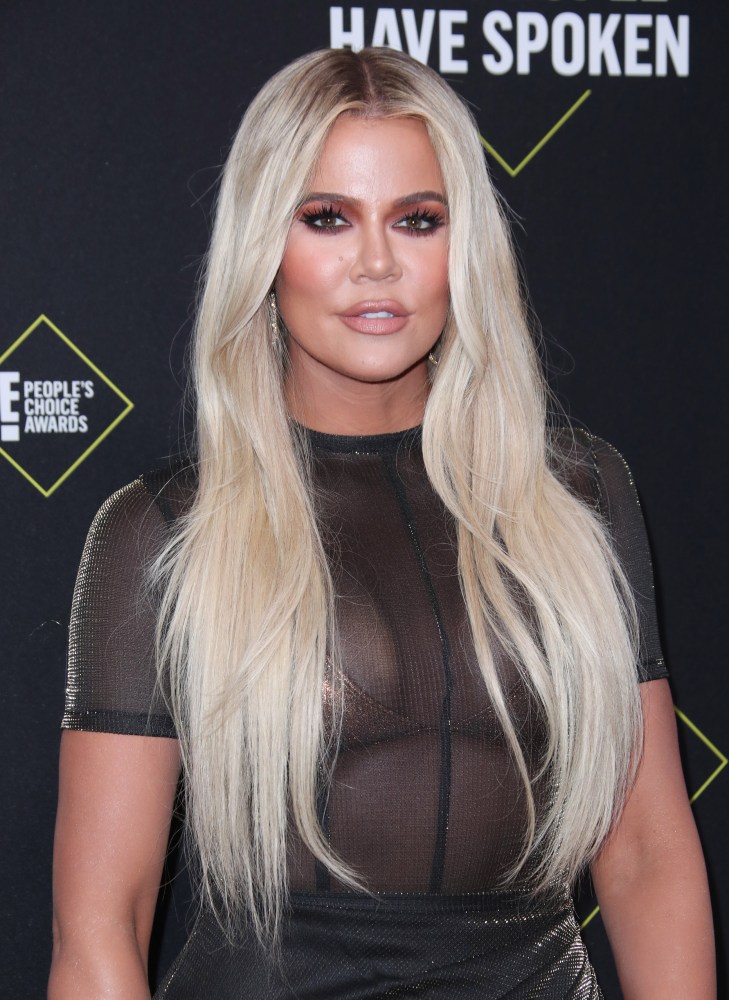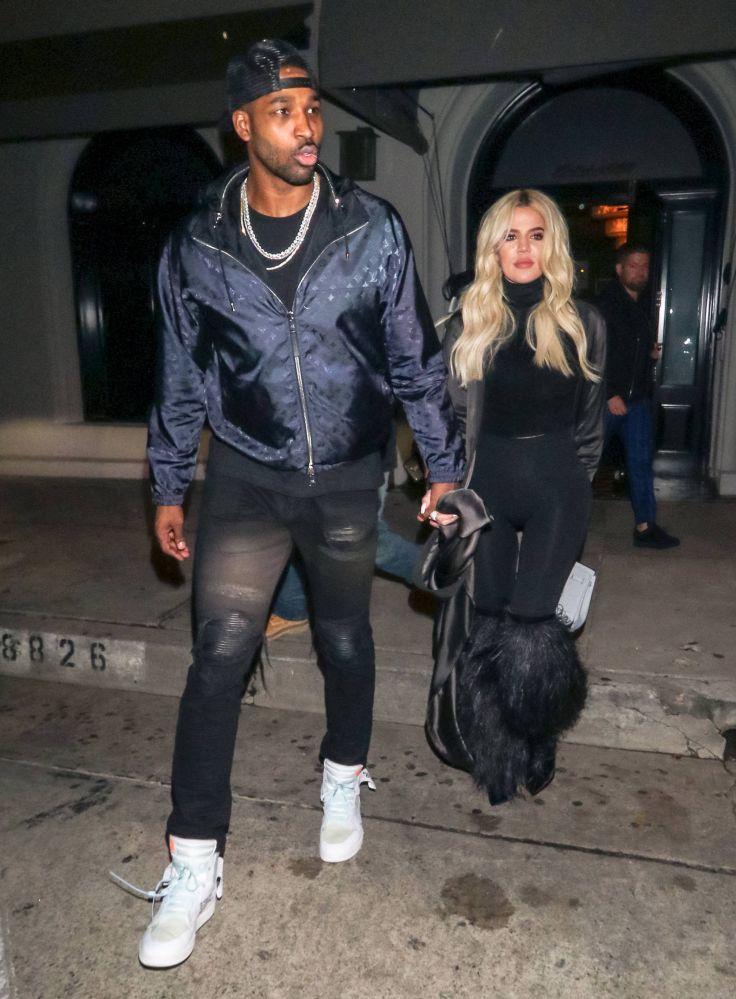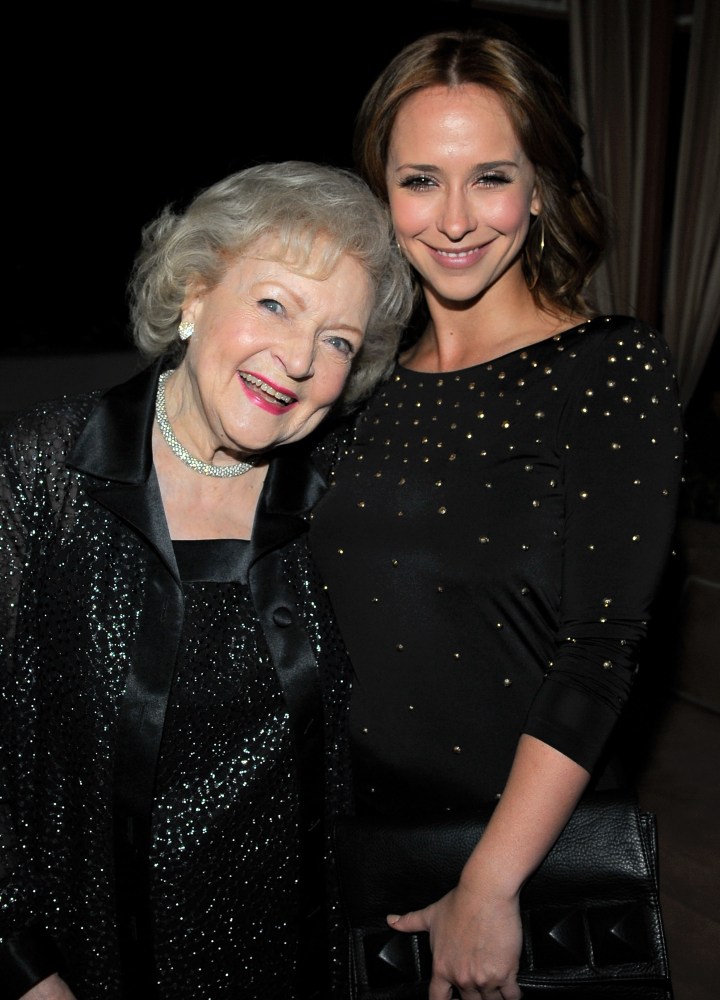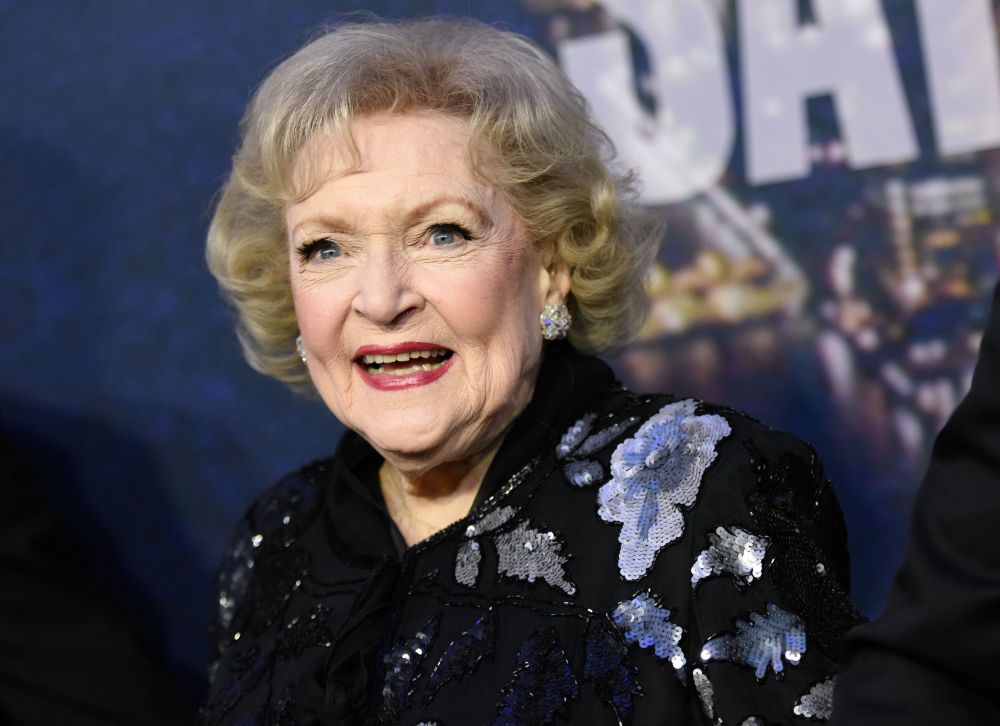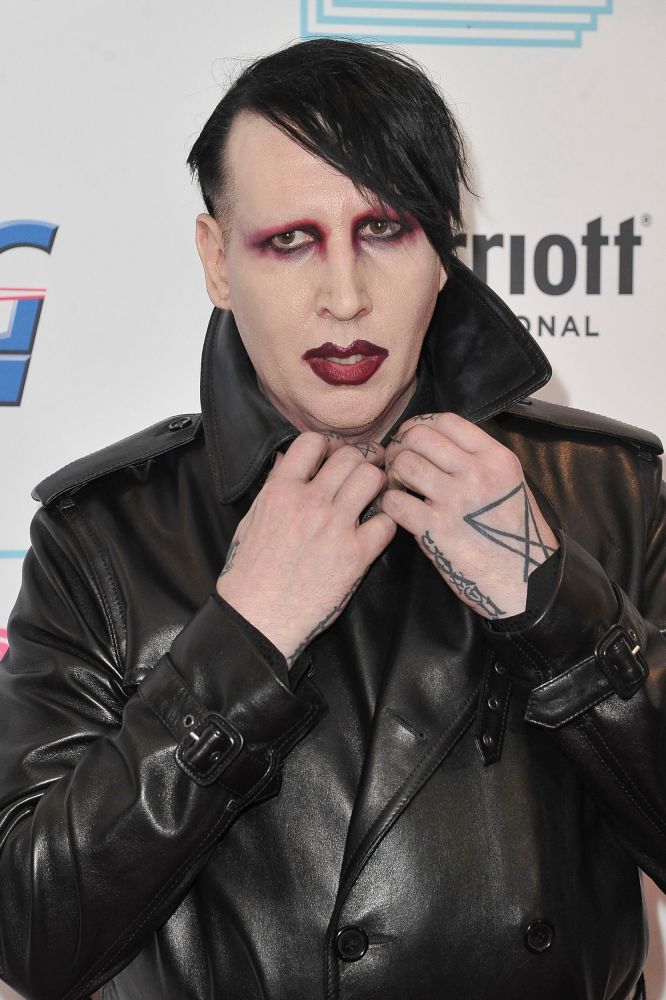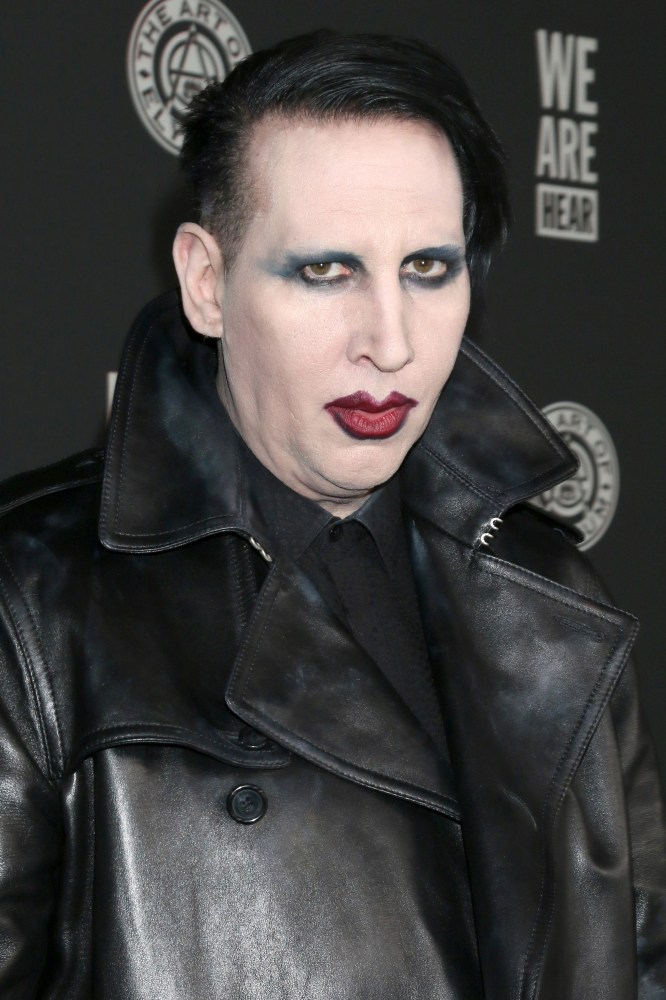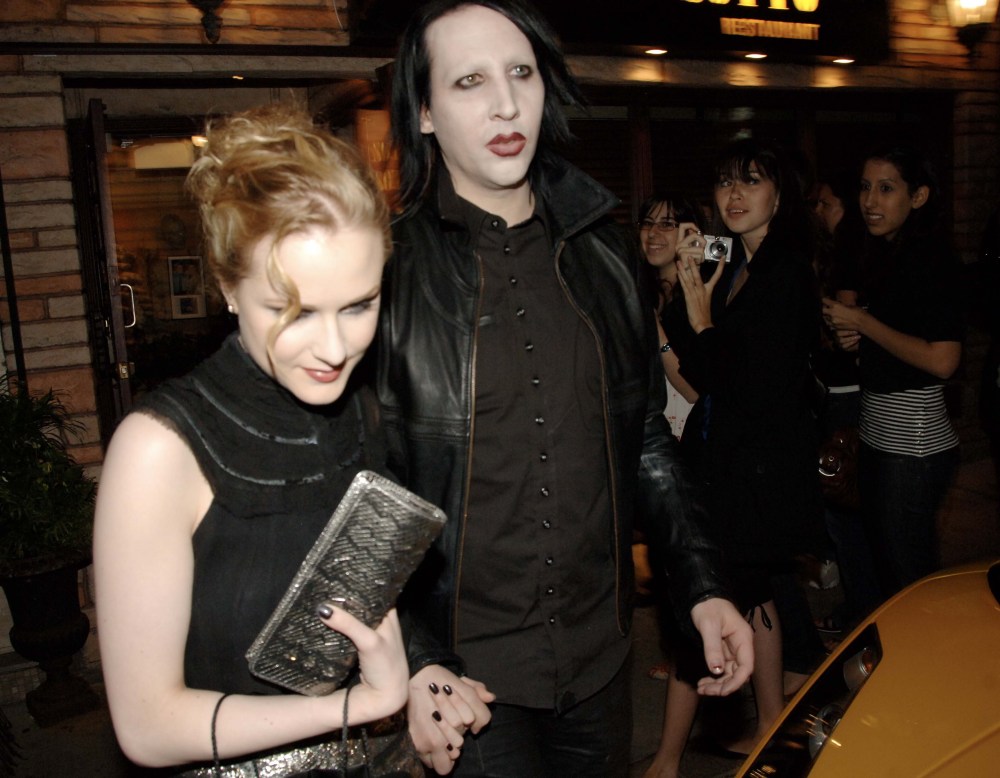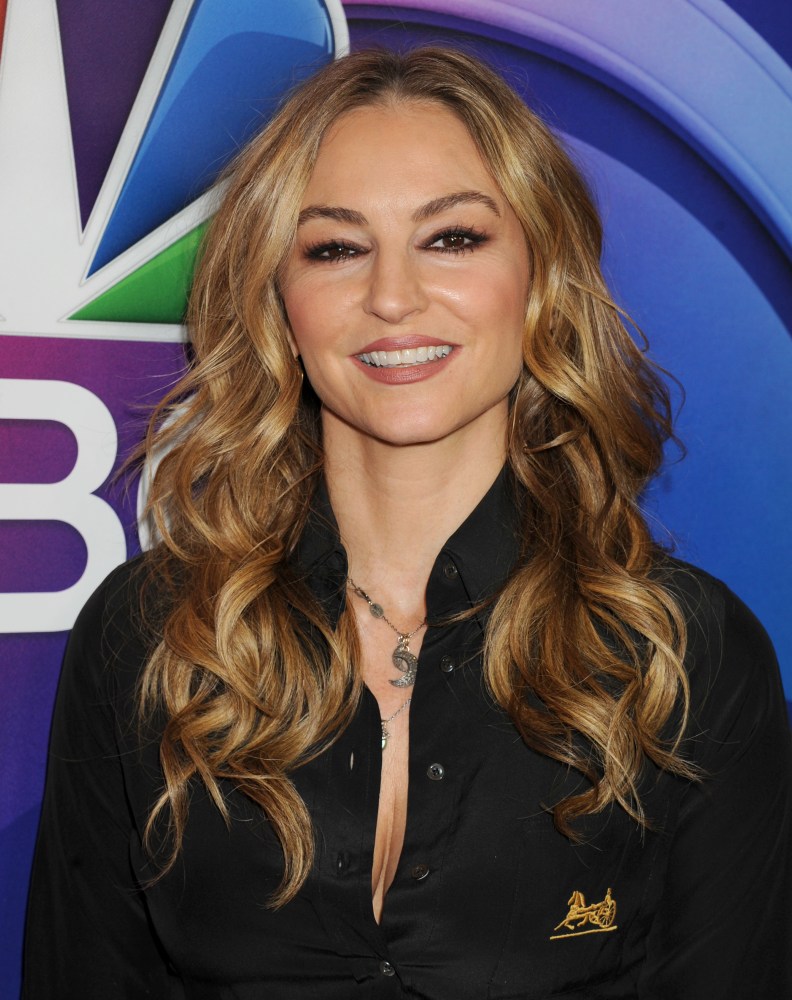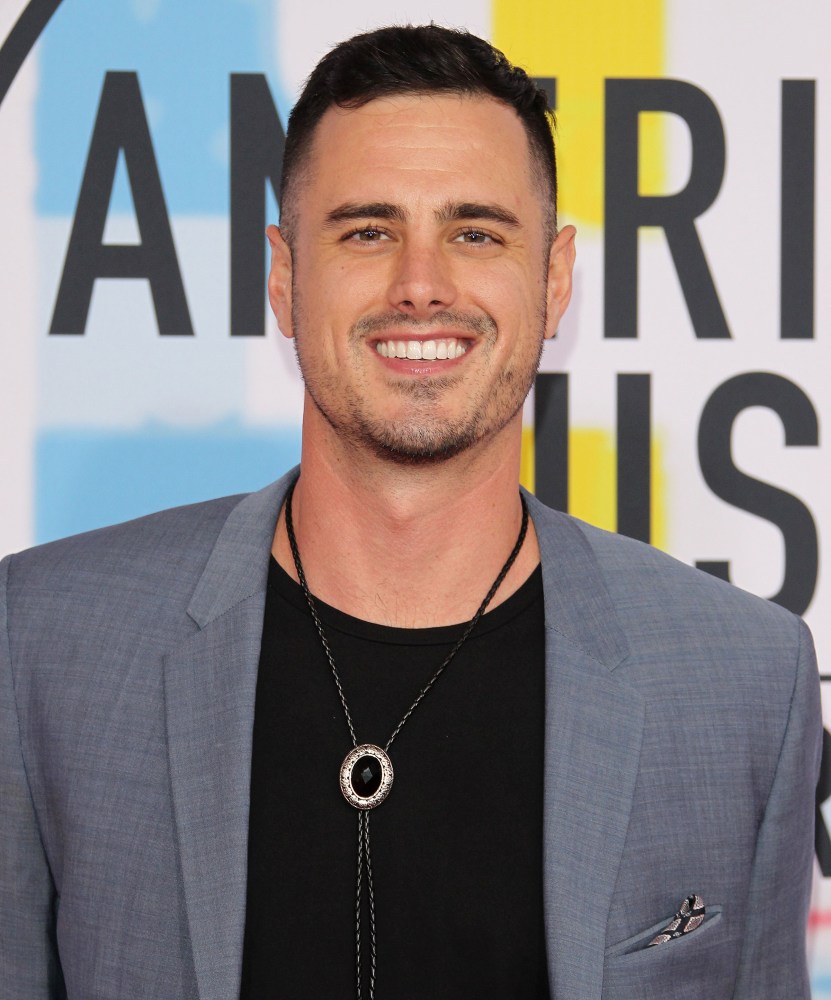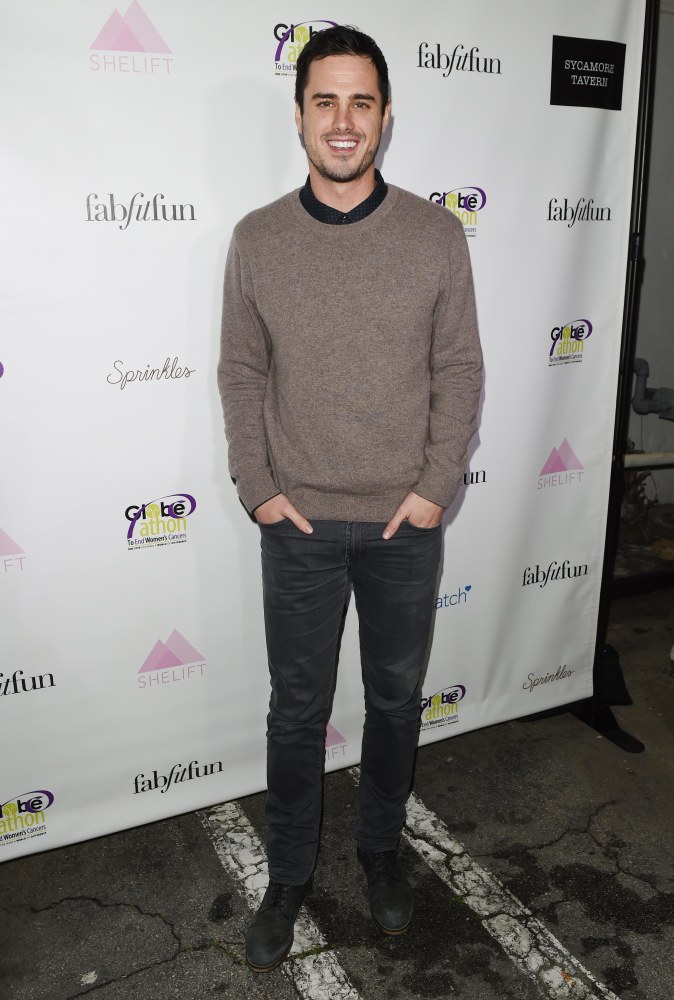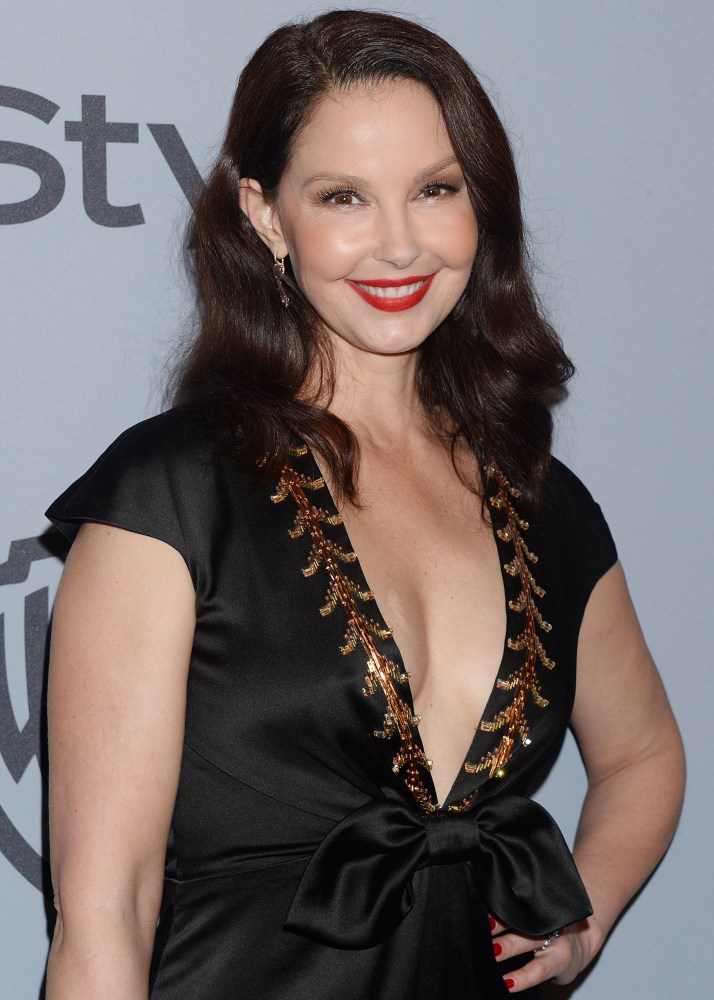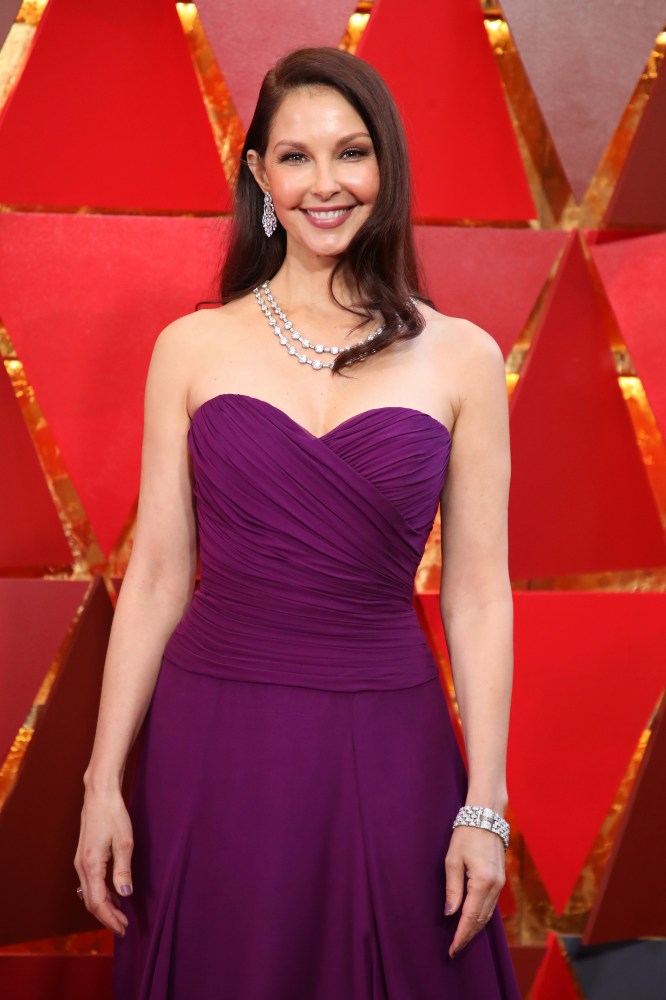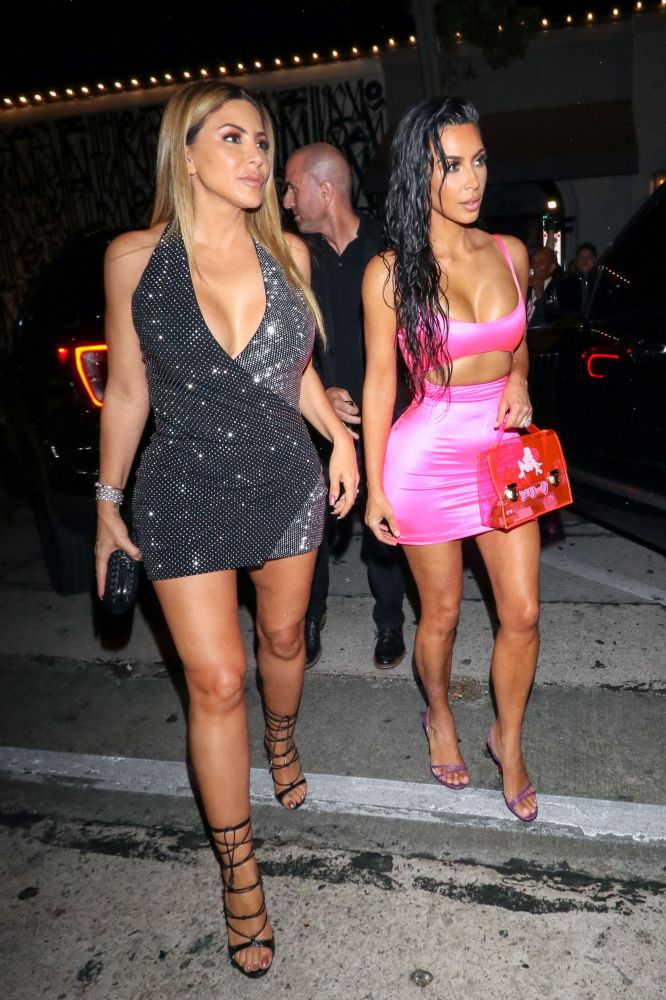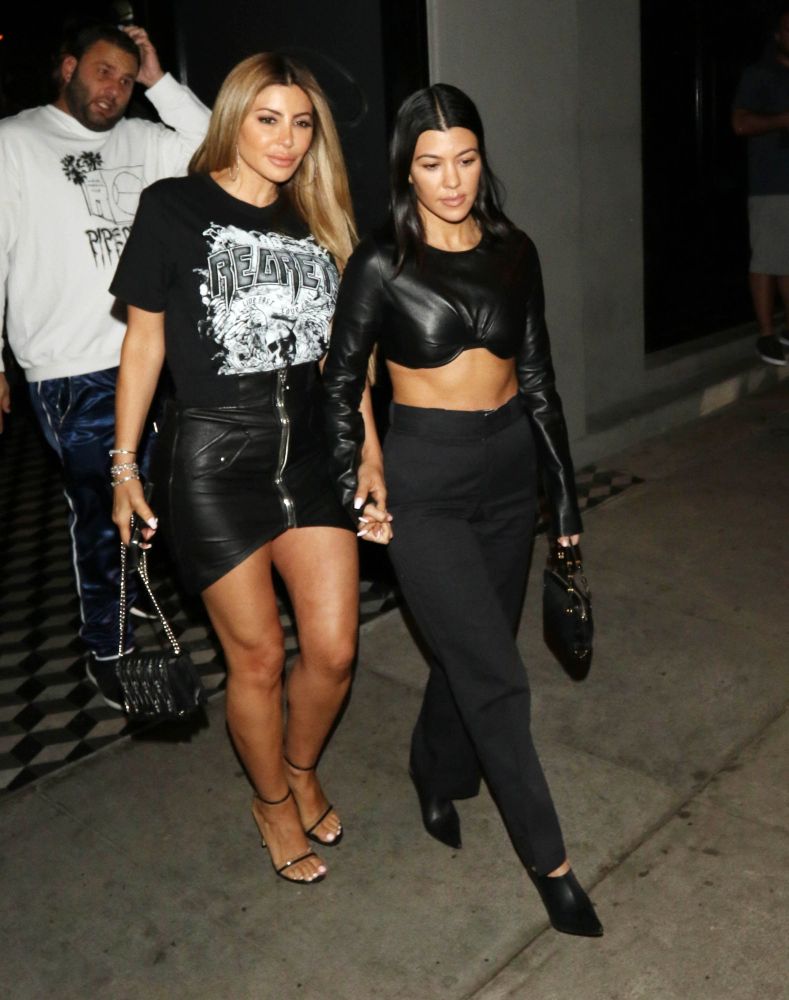Pro wrestling is fake? Don't tell that to Chris Hemsworth.
Chris, 36, has played a superhero for the past decade, but he's about to transform his body to play Hulk Hogan in an upcoming biopic. For Chris, this means getting in better shape than ever.
 STEVEN SAPHORE/EPA-EFE/Shutterstock
STEVEN SAPHORE/EPA-EFE/Shutterstock
"As you can imagine, the preparation for the role will be insanely physical. I will have to put on more size than I ever have before, even more than I put on for Thor," he told Total Film, via TMZ.
There are also a few other things that Chris will have to master to play the wrestling icon.
"There is the accent as well as the physicality and the attitude," Chris said.
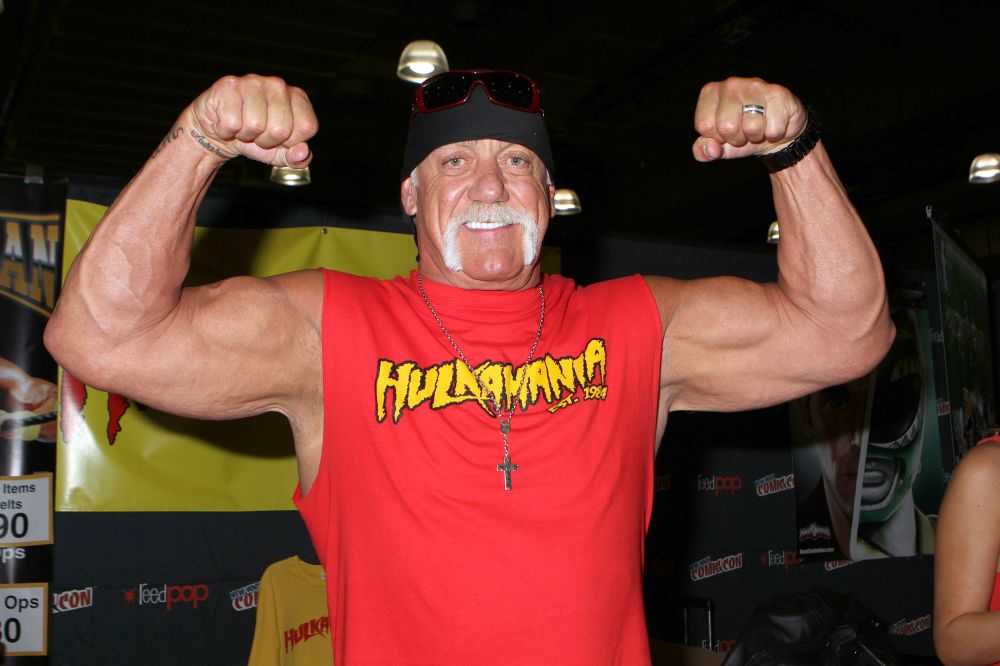 Nancy Rivera/Shutterstock
Nancy Rivera/Shutterstock
In addition to his body transformation, Chris will also grow the Hulkster's trademark mustache. Hulk, who's real name is Terry Bollea, is often credited with making professional wrestling mainstream.
That fact that Chris believes this role will challenge him physically is surprising considering he's had numerous physical roles over the course of his career, having played Thor, of course, but also an Army hero in "12 Strong" and the titular huntsman, Eric, in "Snow White and the Huntsman." Plus, Chris's Instagram feed often shows him working out or participating in various physical activities.
Back in 2017, Chris opened up to W Magazine about the process of prepping to play Thor: "It's just a lot of heavy weightlifting, you know, isolated muscle groupings. I think how it's changed over the years. The first time I did it I would just do weightlifting. I didn't work in as much sort of cardio or functional flexibility, sort of movement training which I do now. It's much better," he said. "I was, I think, probably a little bigger the first time around, but I felt very stiff and sort of uncomfortable. Now, I feel much more, like it's useful kind of muscle, functional kind of movement and training."
Chris also did a lot of Pilates.
"You can have a completely cosmetic muscle, or just complete sort of cosmetic bodybuilding stuff which is fine on screen, but I think a lot of times it's about next level is when you can tell its function when people move differently, and it suits out lifestyle better," he said. "I feel with all the sort of back problems and knee problems and whatever, the more I kind of moved and had a larger range of motion, a lot of those issues with kneeling, certain joint pains were tended to dissipate the more I kind of… larger, more versatile sort of training."





